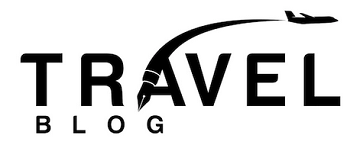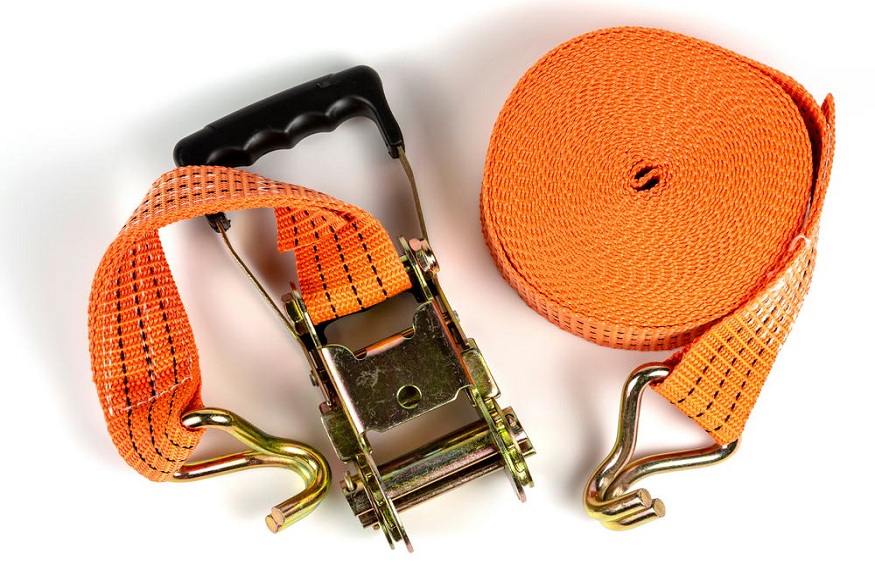Tying down cargo so that it doesn’t fall off the back of a vehicle isn’t just a matter of protecting the cargo. It is also a matter of law. Both state and federal regulations require it. Drivers have numerous options for compliance. They include tying cargo down with either ratchet or cam straps.
Did you know that ratchet and cam straps are not the same thing? They look very similar. They accomplish the same thing. Yet there are some key differences that set them apart from one another. Ratchet and cam straps are distinctly different in how they achieve their intended purposes.
Difference #1: The Buckle
There are two big differences between ratchet and cam straps, the first one being their respective buckles. Both types of straps rely on buckles to hold them in place. Think of it as being similar to a belt buckle. Without some sort of buckle mechanism, there is no way to secure a belt around your waist other than tying it.
The Ratchet
A ratchet strap features a buckle with a built-in ratchet mechanism for tightening and securing the strap. A ratchet consists of a toothed gear, a spring-loaded locking mechanism, and a lever.
You run the end of the strap through the buckle and pull it snug. Then you pull the lever to the forward position. As you do, the gear digs into the strap material and pulls it tighter. Every poll of the lever advances the gear and locks it in place. You push the lever back and pull it forward to tighten the strap as tightly as you want it.
The Cam Buckle
A cam Buckle also has a toothed gear and a locking mechanism. But it also has a bite plate. This plate has teeth that dig into the strap material to hold it secure. Using a cam Buckle is pretty simple.
You thread the open end of the strap through the buckle and pull it tightly. The cam for which this type of buckle is named reduces friction between strap and buckle, allowing you to pull it tightly without needing a ratchet. Releasing the strap causes the locking mechanism to kick in while the bite plate grabs hold.
Difference #2: Strap Size
Strap size is the second major difference between ratchet and cam straps. Though there are exceptions to the rule, cam straps tend to be narrower and thinner while ratchet straps are wider and thicker. This should tell you something.
The people behind the Rollercam.com and their cam straps explain that their products are most appropriate for household and residential use, overlanding, outdoor sports, camping, and so forth. They are not appropriate for heavy commercial loads been transported on tractor-trailers.
Commercial loads are best secured with ratchet straps. Because they are wider and thicker, they can handle heavier loads and higher speeds. It should be noted that your typical cam or ratchet strap should be labeled with its working load limit (WLL). This tells you how heavy a load you can subject a strap to before it fails.
The Right Strap for the Job
In closing, it should also be mentioned that using the right strap for the job is a no-brainer. Attempting to secure a commercial load using cam straps would be both unwise and unsafe. By the same token, using commercial ratchet straps to secure your lawnmower for a trip across town would be overkill.
Cam and ratchet straps are two different types of tiedowns featuring webbing material and locking buckles. When used correctly, both provide adequate cargo securement for a variety of different loads.

